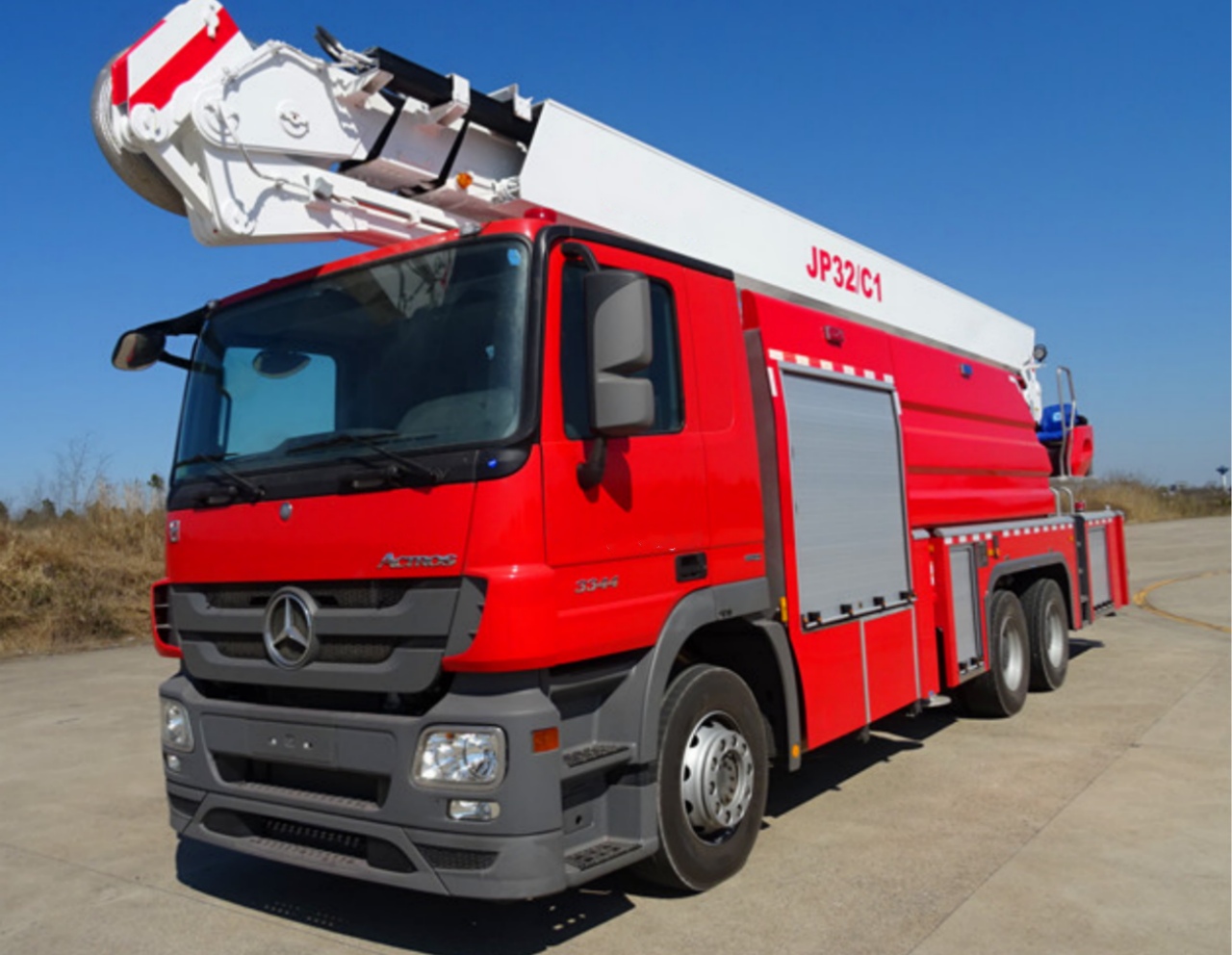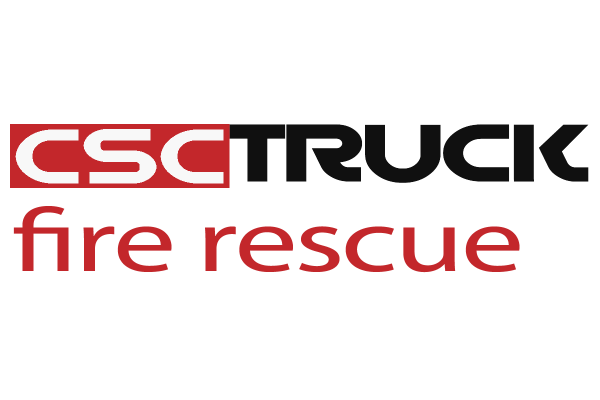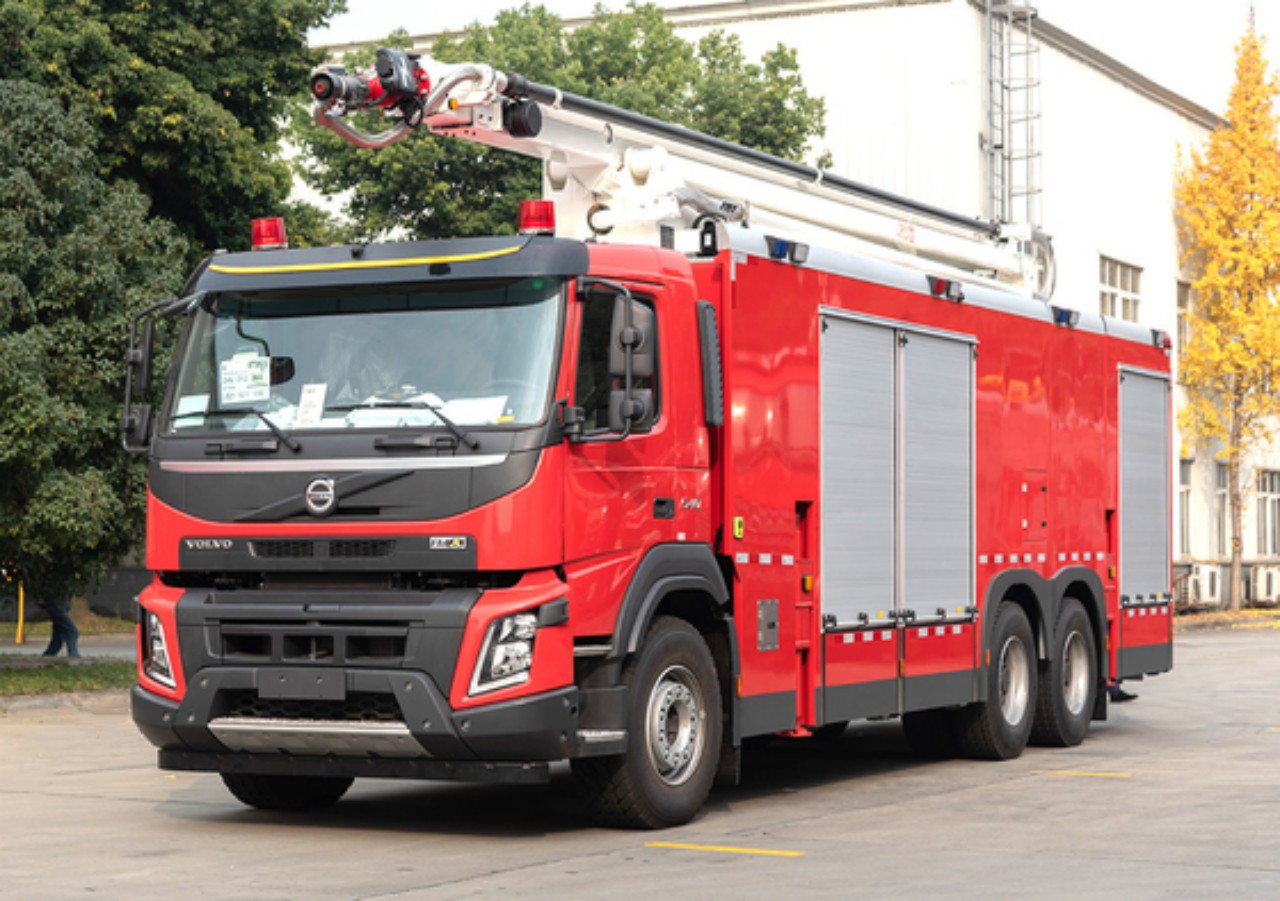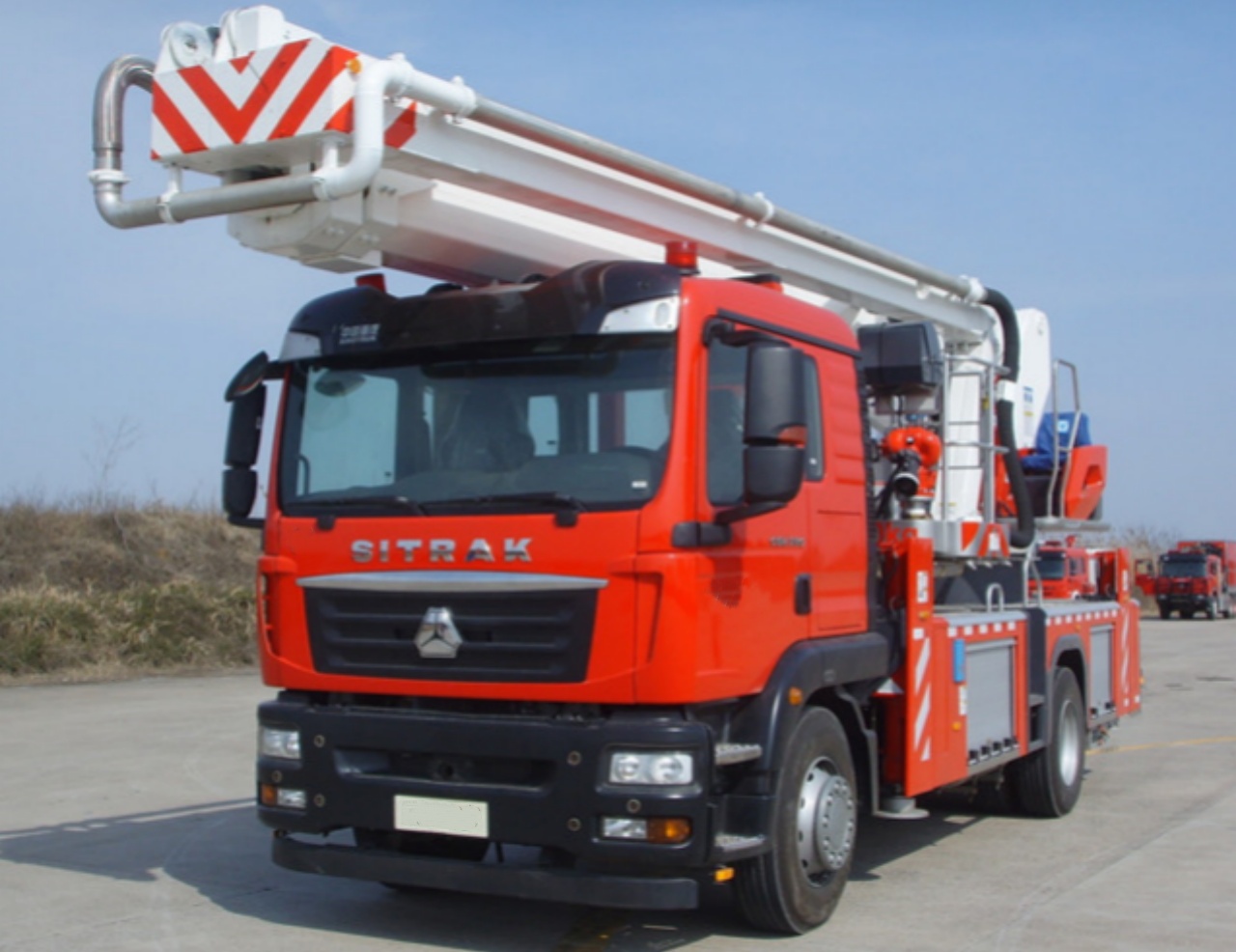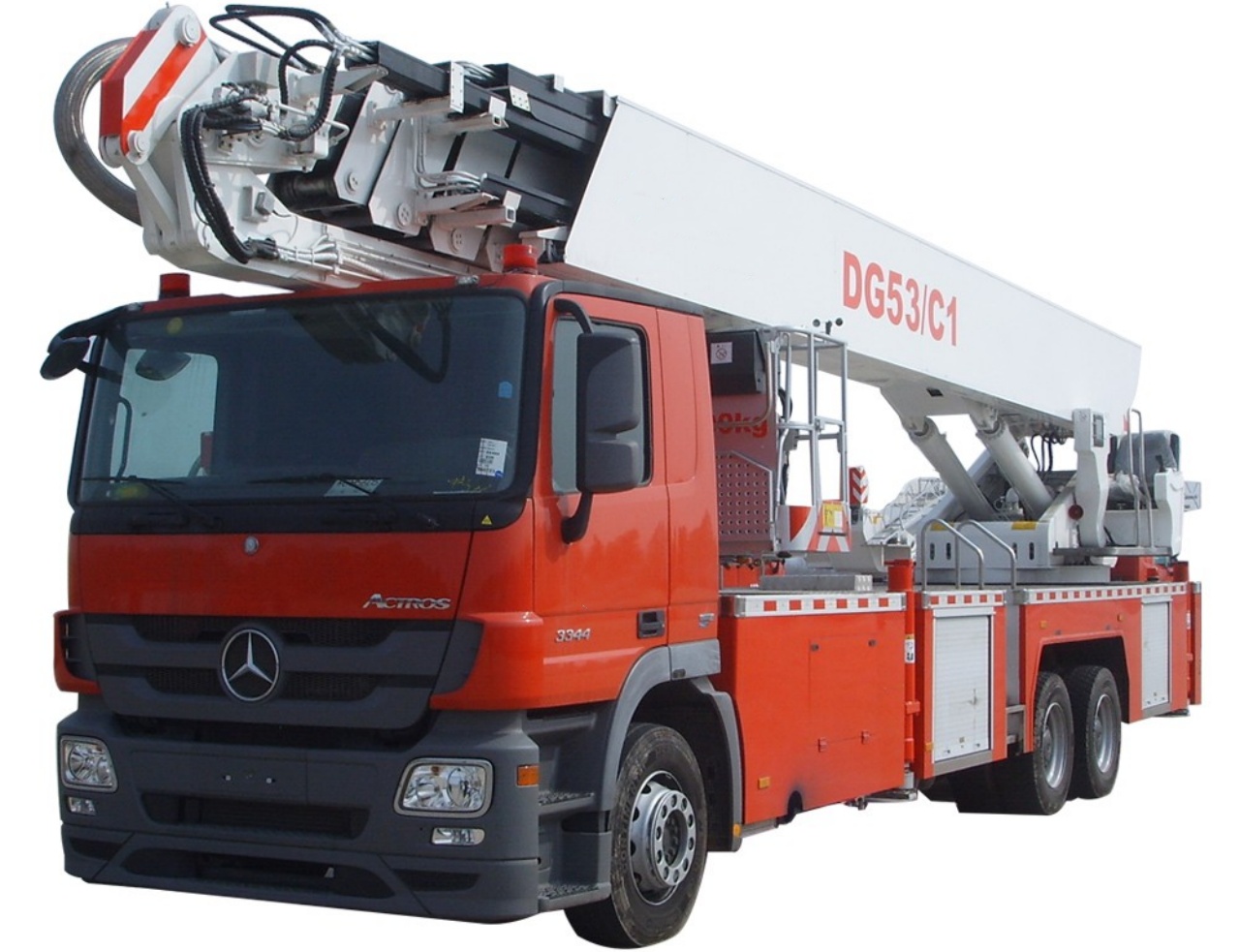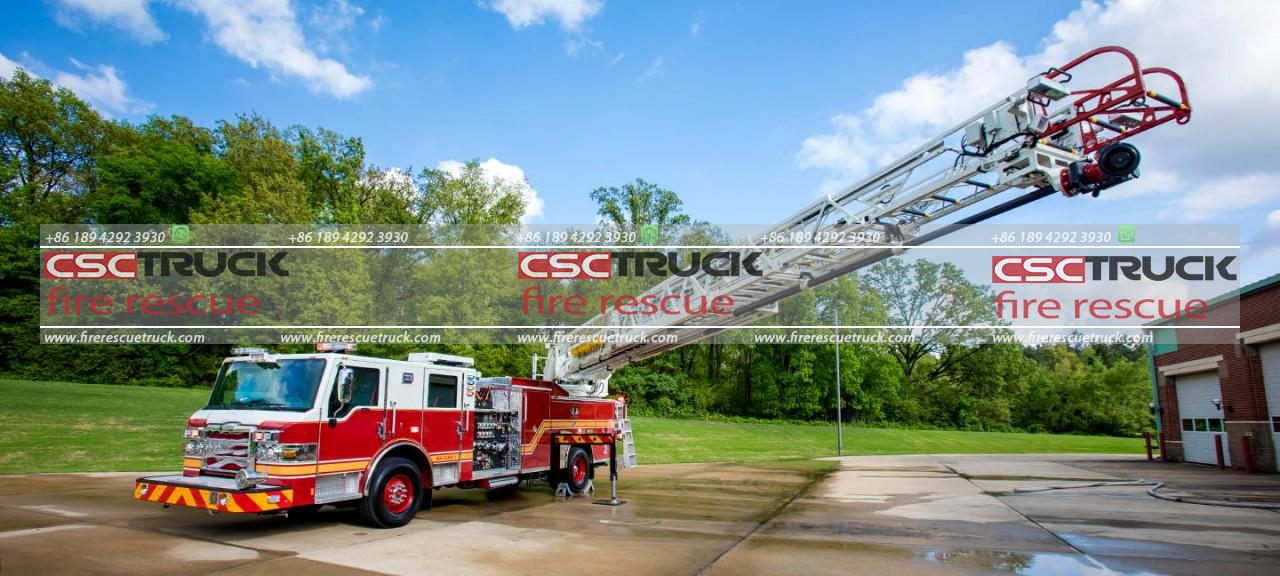Fire trucks are among the most recognizable and essential emergency response vehicles on the road. With their bright red paint, flashing lights, and towering presence, they’re designed not just to catch attention but also to perform critical functions in emergencies. When considering their operational capabilities, one aspect that often sparks curiosity is their physical dimensions, especially height. So, what is the average height of a fire truck, and why does it matter?
Understanding Fire Truck Types
Before diving into specific measurements, it’s important to recognize that “fire truck” is a general term that encompasses a variety of vehicle types, each tailored for different roles within a fire department. The height of a fire truck varies significantly depending on the type and its specific function. Here are the main types:
- Pumper Trucks (Engine Trucks): These are the most common and are primarily used for pumping water onto fires.
- Aerial Trucks (Ladder Trucks): These include extendable ladders for high-reach firefighting and rescues.
- Tower Trucks: Similar to aerial trucks but equipped with platforms (buckets) at the end of the ladder.
- Rescue Trucks: Designed to carry specialized equipment for technical rescues.
- Wildland Fire Trucks: Built for off-road and forest fire operations.
- Tanker Trucks (Water Tenders): Carry large volumes of water to areas without hydrant access.
Each type has different design priorities, affecting its overall height.
Average Height Ranges by Fire Truck Type
The average height of fire trucks varies from 9 feet (2.7 meters) to over 12 feet (3.7 meters). Here’s a breakdown by type:
- Pumper Trucks:
- Average height: 9 to 10 feet (2.7 to 3.0 meters)
- These trucks are designed to fit into city streets and residential areas. Their height is limited for better maneuverability.
- Aerial Ladder Trucks:
- Average height: 11 to 12 feet (3.3 to 3.7 meters)
- These trucks must support large, telescoping ladders and often have more equipment onboard, resulting in a taller profile.
- Tower Ladder Trucks (with platforms):
- Average height: 11.5 to 12.5 feet (3.5 to 3.8 meters)
- The addition of the platform mechanism makes these even taller than standard ladder trucks.
- Rescue Trucks:
- Average height: 9 to 11 feet (2.7 to 3.3 meters)
- While these vehicles can be quite long and heavy, their height is usually moderate to allow better clearance through tight spaces.
- Wildland Fire Trucks:
- Average height: 8 to 10 feet (2.4 to 3.0 meters)
- Designed for off-road use, these trucks often have a lower profile to navigate wooded or mountainous terrain.
- Tanker Trucks:
- Average height: 10 to 11 feet (3.0 to 3.3 meters)
- Built to carry heavy water loads, their structure is tall but not excessively so.
Why Fire Truck Height Matters
Fire truck height isn’t just a technical specification—it’s a key design element with real-world implications. Here are several reasons why height matters:
- Clearance Issues:
Fire trucks often need to navigate under bridges, overpasses, tunnels, or through parking structures. Knowing the maximum height helps departments choose vehicles that can respond quickly without hindrance. - Station Accommodation:
Fire stations have to be designed to house these vehicles. A truck that’s too tall could require costly renovations or even a different building altogether. - Weight and Stability:
As vehicles get taller, their center of gravity rises, which can impact handling, especially when making tight turns or driving on uneven terrain. - Operational Capabilities:
The height of ladder trucks directly influences the maximum elevation they can achieve. A taller truck may support a longer, higher-reaching ladder system. - Legal and Safety Regulations:
Many regions have height restrictions for vehicles on public roads. Fire departments must ensure that their apparatus complies with these laws to avoid operational limitations.
Factors Affecting Fire Truck Height
Several design and operational considerations influence the final height of a fire truck:
- Chassis Design:
Trucks built on commercial chassis might have different heights than those on custom chassis. Custom chassis allow more control over dimensions. - Tire Size:
Larger tires add to the height but may be necessary for certain terrains or load capacities. - Cab Configuration:
Some trucks have extended or raised cabs for command staff or additional crew space, increasing height. - Equipment Mounting:
External storage compartments, ladders, light bars, hose reels, and other mounted gear contribute to the vehicle’s total height. - Suspension Systems:
Some modern trucks include air suspension systems that allow the vehicle to “kneel” (lower itself) slightly for better garage clearance or ease of boarding.
Real-World Examples
To illustrate, here are the height specs of a few real fire truck models:
- Pierce Enforcer Pumper: Approx. 9 feet 8 inches (2.95 meters)
- E-One HP100 Aerial Ladder Truck: Approx. 11 feet 6 inches (3.5 meters)
- Seagrave Marauder Tower Ladder: Around 12 feet (3.66 meters)
- Rosenbauer Wildland Type 3 Engine: Around 9 feet (2.75 meters)
- Spartan Gladiator Rescue Truck: Around 10 feet 6 inches (3.2 meters)
These examples demonstrate the diversity of design, even among vehicles built by leading manufacturers.
Considerations for Fire Departments
When procuring new fire trucks, departments must balance various factors:
- Geographic needs: Urban versus rural terrain requires different truck designs.
- Building codes: Some firehouses have low-clearance doors or aging infrastructure.
- Budget constraints: Customizations that alter height can add to the cost.
- Mutual aid compatibility: Departments often share resources; vehicle dimensions should align with regional standards for interoperability.
Conclusion
So, what is the average height of a fire truck? Generally, you can expect fire trucks to stand between 9 and 12 feet tall (2.7 to 3.7 meters), depending on their type and purpose. This height is a crucial consideration not just for the manufacturers and engineers who build these vehicles, but also for the fire departments that operate them. From ensuring safe garage entry to maintaining road clearance, understanding vehicle height plays a key role in effective emergency response operations.
Whether you’re a firefighting professional, a city planner, or just a curious observer, knowing the dimensions of fire trucks offers a unique window into the practical realities behind these powerful machines.
